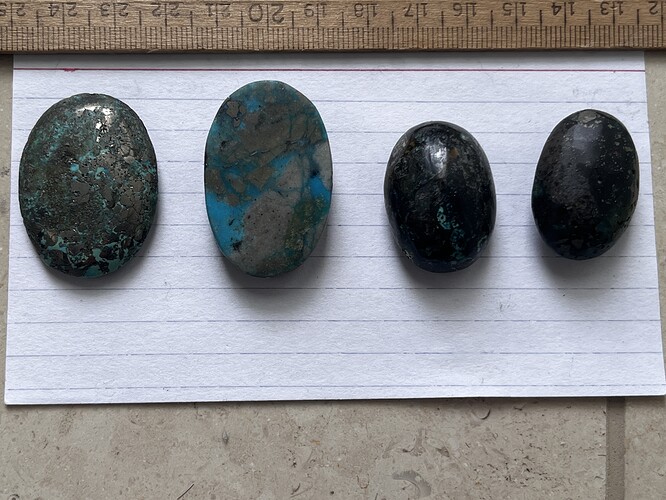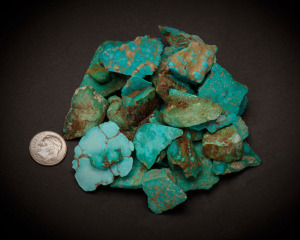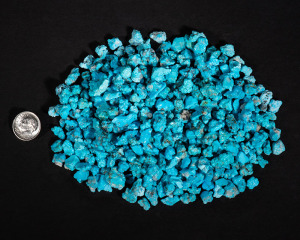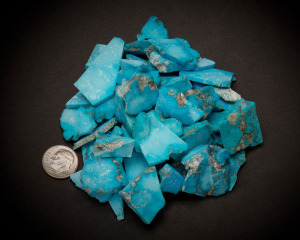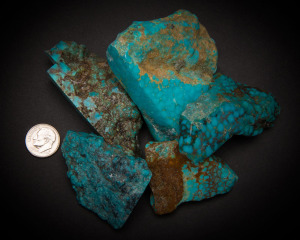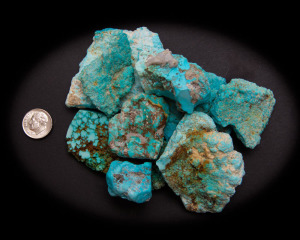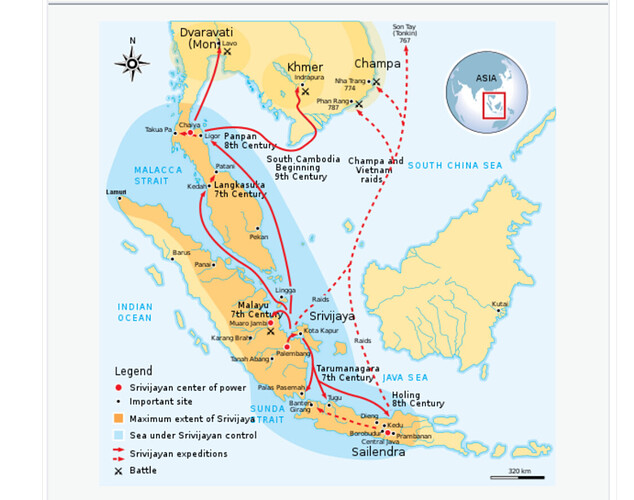Hi all, this is my first post, I just joined today and I’ve already learned a ton, it’s a great forum!
As I posted in a reply to another thread, I collect very ancient beads and gemstones, and i’ve been lucky enough to be able to travel pretty extensively, so I’ve acquired some great pieces from all over the world. I am also a researcher focused on very ancient human history, mainly from about 50,000 years ago to the end of the Bronze Age (~1200BCE).
I am currently researching various ancient bead, gemstone and other “luxury goods” trade routes, and I’m trying to track ancient trade in various stones which, in principle, should be trackable, due to unquely endemic geology and conditions in their regions of origin. These include certain jaspers, opals, turquoises, for example.
So that’s a bit about me, I hope that was ok to share, and I apologize if it was a long wind-up.
On that note, I was hoping someone could help me identify the possible regions of origin of the turquoise in the attached pics. I won’t say (for now) where I got them, since it could unconsciously bias replies, but I can share pretty much everything else I know about them.
I did a lot of digging on line but I don’t know if it’s helped much, I don’t know turquoise very well and so I am not sure exactly how best to search.
The weights are as follows (left to right, in carats): 83, 76, 57, and 59. To be sure, I’m mainly interested in learning
the possible origins of the rough turquoise (if that’s possible to know - if not, please let know and share why, I’m going on the hypothesis that turquoise can be traced, maybe these cannot be). Any help would be much appreciated, thank you!

